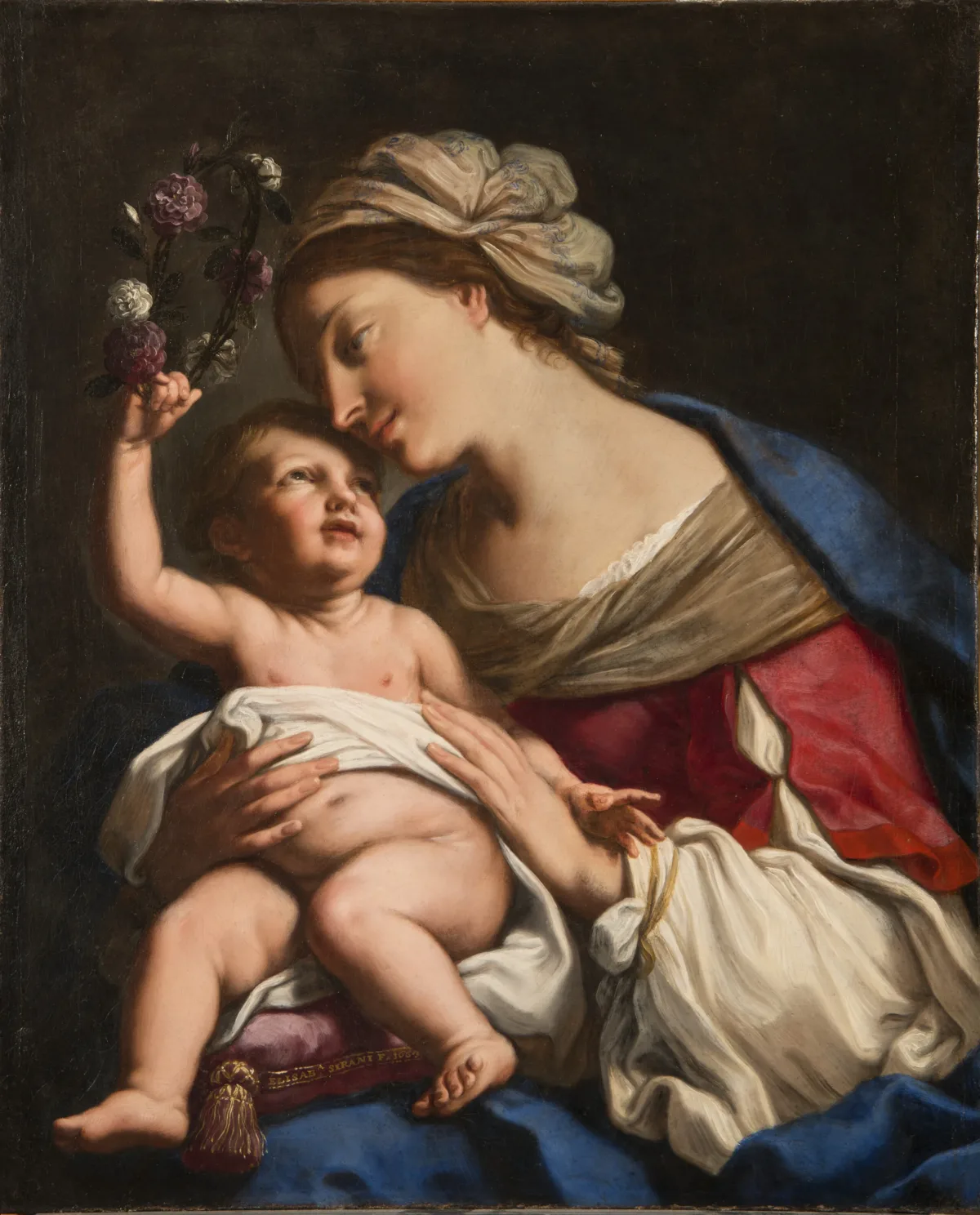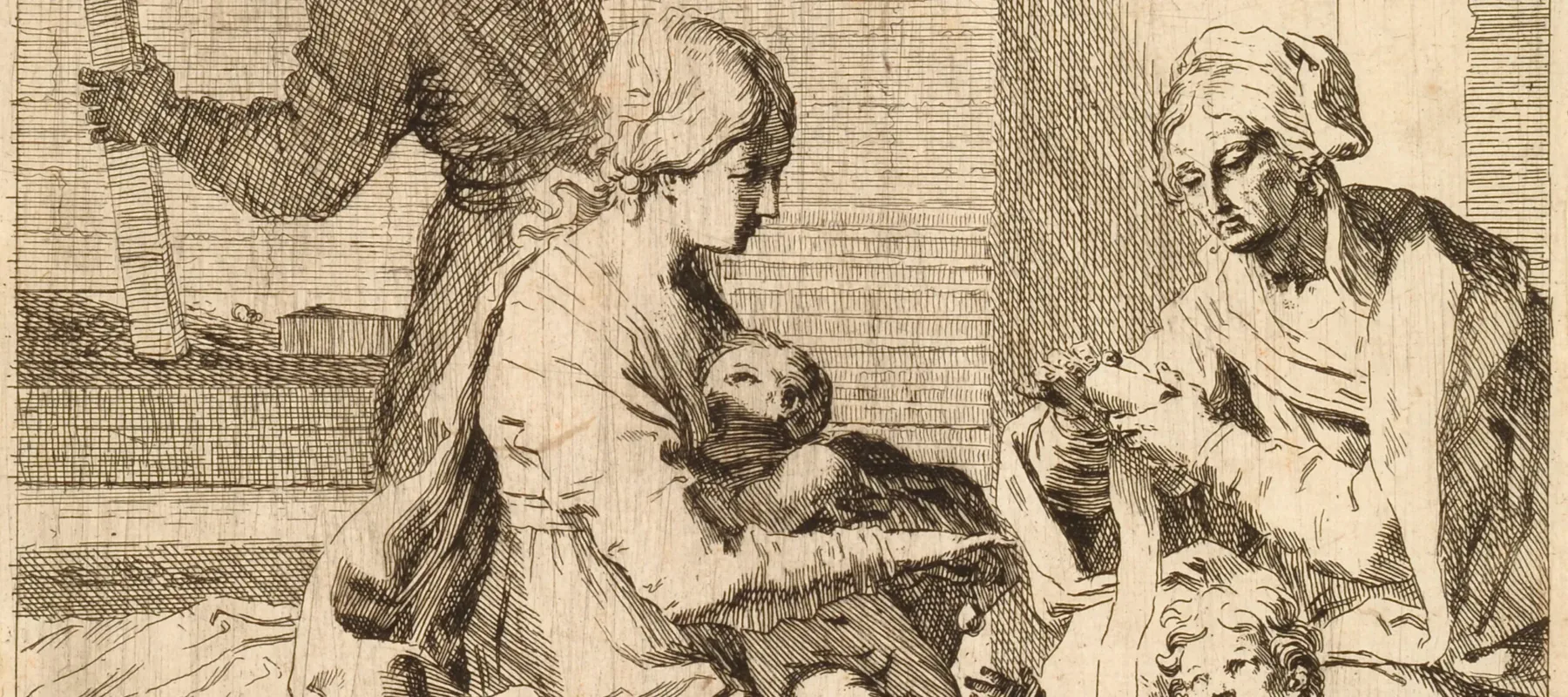Italian Women Artists from Renaissance to Baroque comprises approximately 65 extraordinary paintings, prints, drawings, and sculptures. Bringing together a body of works by these artists and their countrywomen, the exhibition offers a complete picture of the range and scope of the art, and the opportunities accessible to the early modern Italian artista.
Not since the groundbreaking Women Artists, 1550-1950 held in 1976 at Los Angeles County Museum of Art, has an exhibition explored the scope of talented and exceptional women painters working during the Renaissance in Italy. Over the past ten years, there have been several important monographic exhibitions showcasing Artemisia Gentileschi, Sofonisba Anguissola, Lavinia Fontana, Giovanni Garzoni, and Elisabetta Sirani. Yet there has never been a comprehensive view of the early modern Italian woman artist’s work and world.
Women artists of the Renaissance assumed many identities: the courtier, the painter’s daughter, the urban professional, the promoter of the Catholic Reformation, the sculptor, the engraver, the draughtswoman, the painter of the marvelous and the fantastic, and the Caravaggista. One of the many goals of this exhibition will be to demystify the position of women artists as second-class citizens in Italy during the height of the Renaissance.
The exhibition employs an interdisciplinary methodology to explore the position of women at the time, the economics of art production, and the cultural context of women working in different areas of Italy and beyond that country’s geographical boundaries. Above all, these artists reflected and interacted with their culture and society, and prevailed against “the conditions of their sex,” overcoming the odds and leaving behind a fascinating visual legacy.

Elisabetta Sirani, Virgin and Child, 1663; Oil on canvas, 34 x 27 1/2 in.; National Museum of Women in the Arts, Gift of Wallace and Wilhelmina Holladay; Conservation funds generously provided by the Southern California State Committee of the National Museum of Women in the Arts; Photo by Lee Stalsworth
The Artist,
Elisabetta Sirani
According to written records, when she died at 27, the Italian artist Elisabetta Sirani had already produced 200 paintings, drawings, and etchings.

